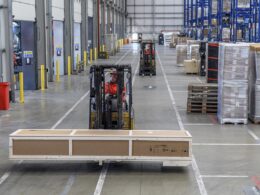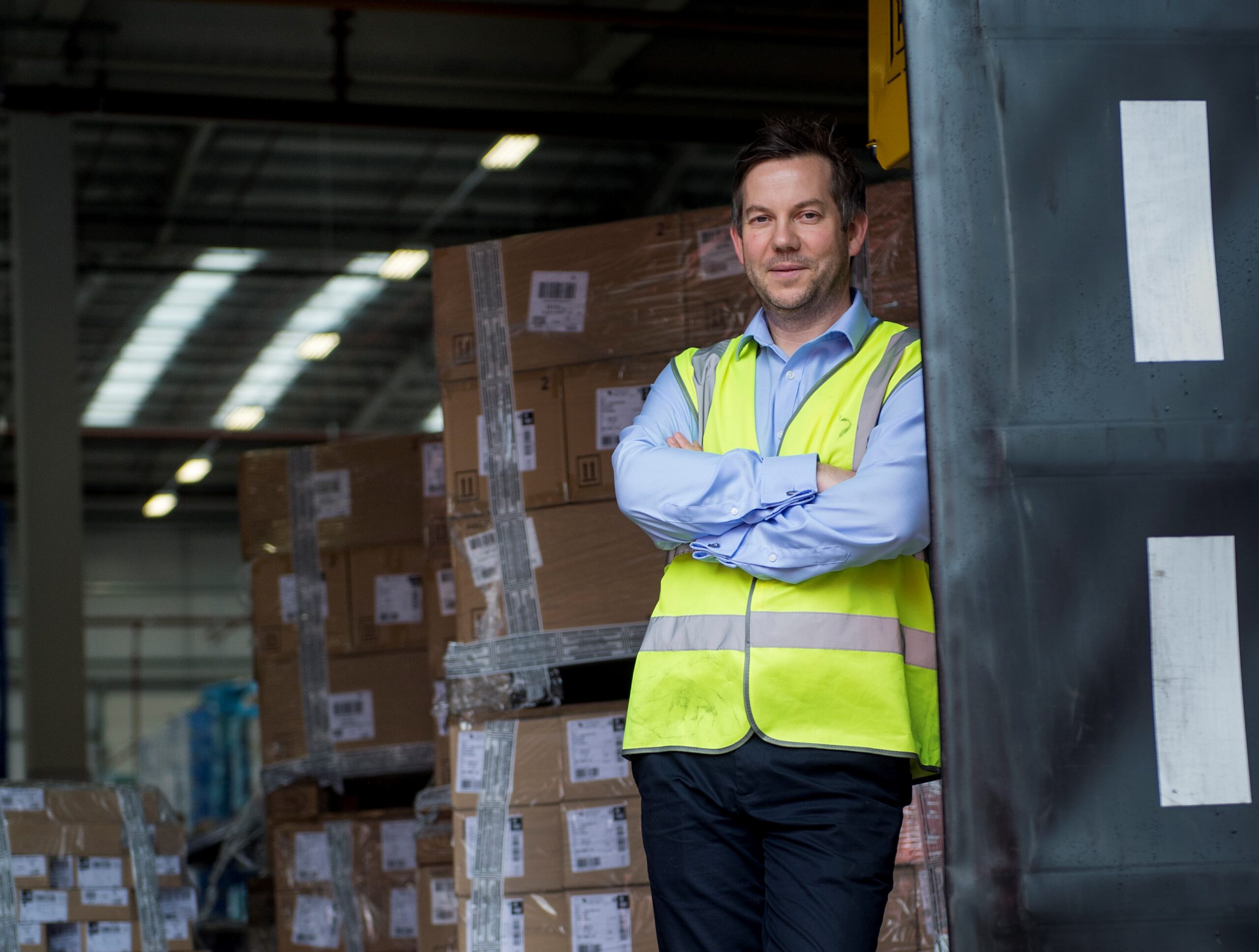Estimates suggest the UK e-retail sector loses £851m each year as a result of failed deliveries. Typically, the failures relate to parcels not being delivered ‘right first time’ to consumers and this impacts roughly 20% of total orders. Retailers are losing out because disgruntled customers are left waiting for their goods, but delivery companies are also suffering from unnecessary costs and fraud.
At £23 per drop*, the overall cost of a single missed delivery to a delivery company is extremely high, considering the margin levels involved. For instance a large retailer will negotiate a minimal payment rate per drop of say £3 and the profit on this for the delivery company may be less than 50p each time. Consequently, the £23 cost of a single missed delivery would essentially wipe out any profit to be made on the next 40 deliveries scheduled.
Based on figures like this, the findings of a recent survey undertaken to understand  attitudes towards investing in technology are unsurprising. The delivery companies we interviewed all knew the important role of technology in maximising the doorstep experience yet in spite of this, were finding it difficult to secure the necessary financial investment from their organisations. 88% of companies surveyed agreed that technology was an essential source of competitive differentiation, but a similar number, 80%, said their ambitions to implement new technology were limited by budgetary constraints. This was further evidenced by the lower than expected level of technology already in use, with 50% of respondents revealing that real-time track and trace capabilities were still on their wish list of improvements.
attitudes towards investing in technology are unsurprising. The delivery companies we interviewed all knew the important role of technology in maximising the doorstep experience yet in spite of this, were finding it difficult to secure the necessary financial investment from their organisations. 88% of companies surveyed agreed that technology was an essential source of competitive differentiation, but a similar number, 80%, said their ambitions to implement new technology were limited by budgetary constraints. This was further evidenced by the lower than expected level of technology already in use, with 50% of respondents revealing that real-time track and trace capabilities were still on their wish list of improvements.
What these findings indicate is that delivery companies are aware of what technology is available but are less well versed on the way it will reduce their costs. And this affects their ability to build the right drivers into the business case in order to convince management of the need for investment. Most companies tend to focus on revenue enhancements when they build their business cases, but actually cost control opportunities are a more important investment driver. Increasing the right first time delivery rate would help delivery companies save a lot of £23’s lost through failed deliveries. In addition, optimising delivery rounds means lower fuel consumption and mileage and more drops possible per vehicle. In turn, this means fewer drivers and vehicles are needed. So rather than thinking about technology as a capital expenditure, consider it as a self financing, cost cutting investment that also happens to improve customer satisfaction levels.
One of the best ways to reduce the failed delivery rate is to simply communicate your estimated time of delivery to the customer. Introducing ETA messaging for example, whereby customers are notified of an hour time slot to receive goods and change drop locations could do this. By sending interactive ETA notifications to the customer by SMS or email in advance will not only enhance customer service and perception, but ensure an increased first time delivery rate, meaning that the couriers will be spending less time performing redeliveries. Whilst this is clearly a customer service improvement, it’s not the only benefit. The real advantage is lowered costs and the opportunity to profit from the investment within the first year. Given that 15% of deliveries fail first time, this creates a potential 5% saving that could be achieved because greater efficiency means fewer journeys are required increasing capacity by 15%..
Consider for example a large delivery company with an annual fuel bill of £16 million. The ability to save just 3% of those costs would equate to £500,000, yet the actual average saving made by delivery firms investing in route optimisation technology is 10%, representing a £1.6million reduction to fuel costs.
How else could technology be used to enhance the doorstep logistics experience? Providing an opportunity to up-sell additional services would be a very relevant extra enhancement, particularly for two man delivery services, which are more costly to operate. For example, during the delivery of a washing machine, the driver could be alerted via their mobile app that the customer has not taken out an extended warranty and could be prompted through the sales process to offer a last chance to purchase it. Handsets can be dynamically branded to mirror the retailer’s branding and offer a consistent and seamless shopping experience to the customer. Offering these types of additional services to enhance the doorstep experience is especially important for e-tailers, for whom the delivery portion of the transaction can be the only physical experience for a consumer.
Another cost cutting contribution comes in the form of reducing the risk of fraud. Parcel theft for B2C deliveries is a growing problem and very often occurs as an indirect result of the cost impact of missed deliveries. Drivers not wanting to incur a failure to their ‘right first time rates’ will leave a parcel in a porch without a signature. At this point, the parcel is easily ‘lost’ to a dishonest customer because there is no evidence to verify it arrived at the final destination. Fraud is a very sensitive issue and can be tackled with technology by configuring mobile device options to exclude a leave safe option for high value items. Or alternatively, technology can guide the driver through a series of acceptable leave safe options, taking a photograph of the item in a porch for example and uploading this to a secure portal as evidence.
These examples illustrate some of the clear returns to be gained from introducing technology and indicate why a change in approach may be needed in order to secure the necessary business support for such investments.
By David Upton, Managing Director at DA Systems Ltd












